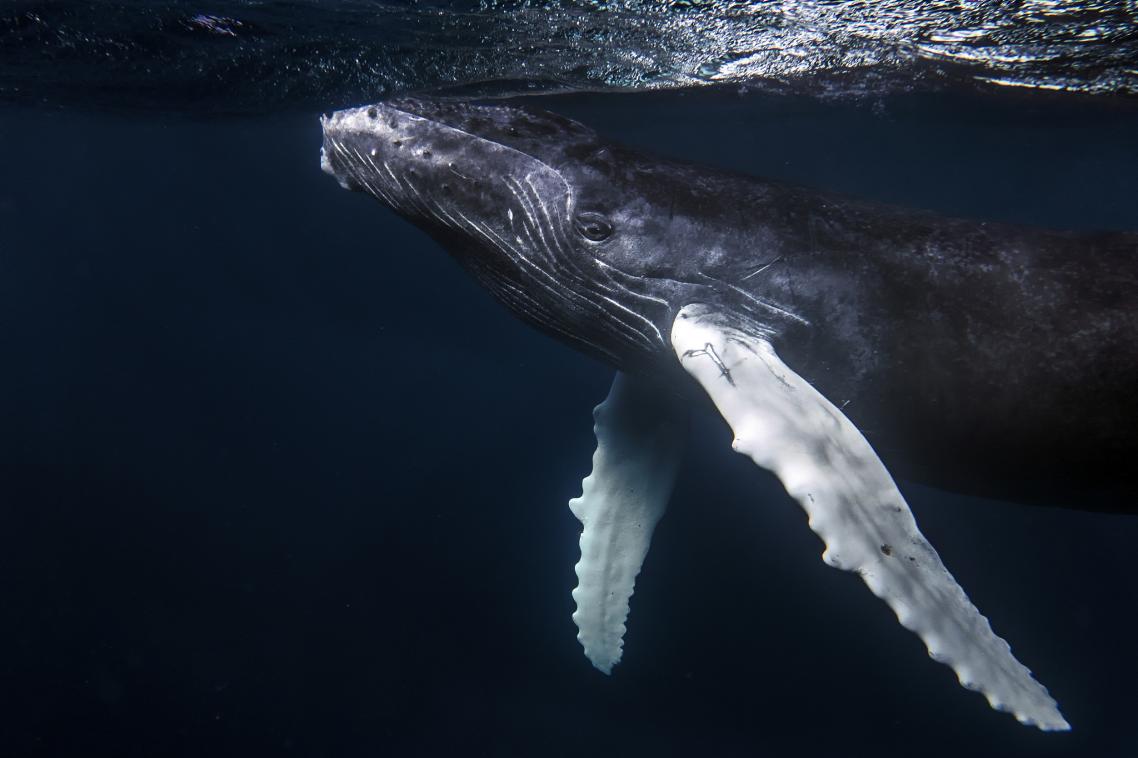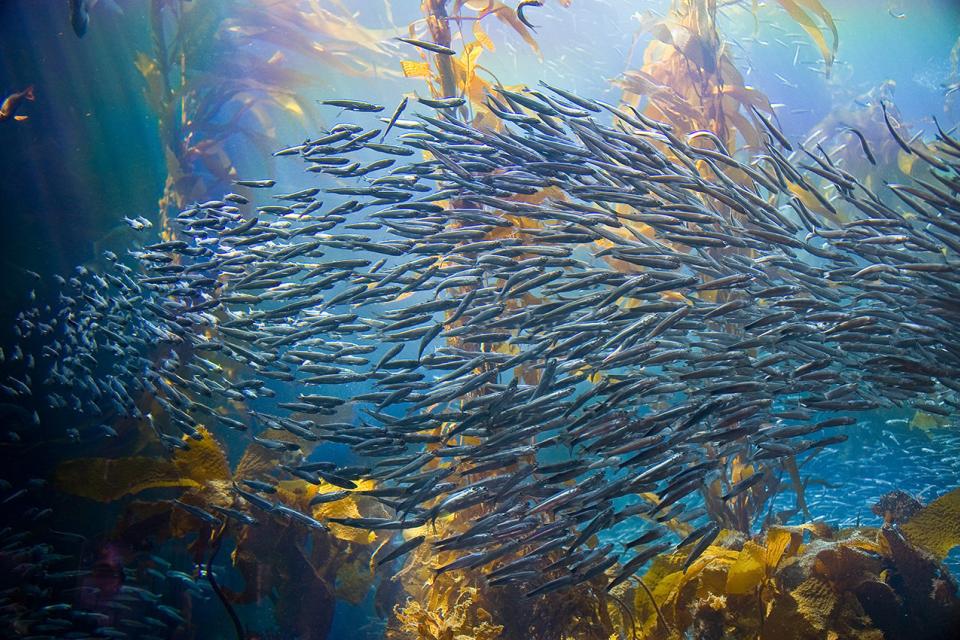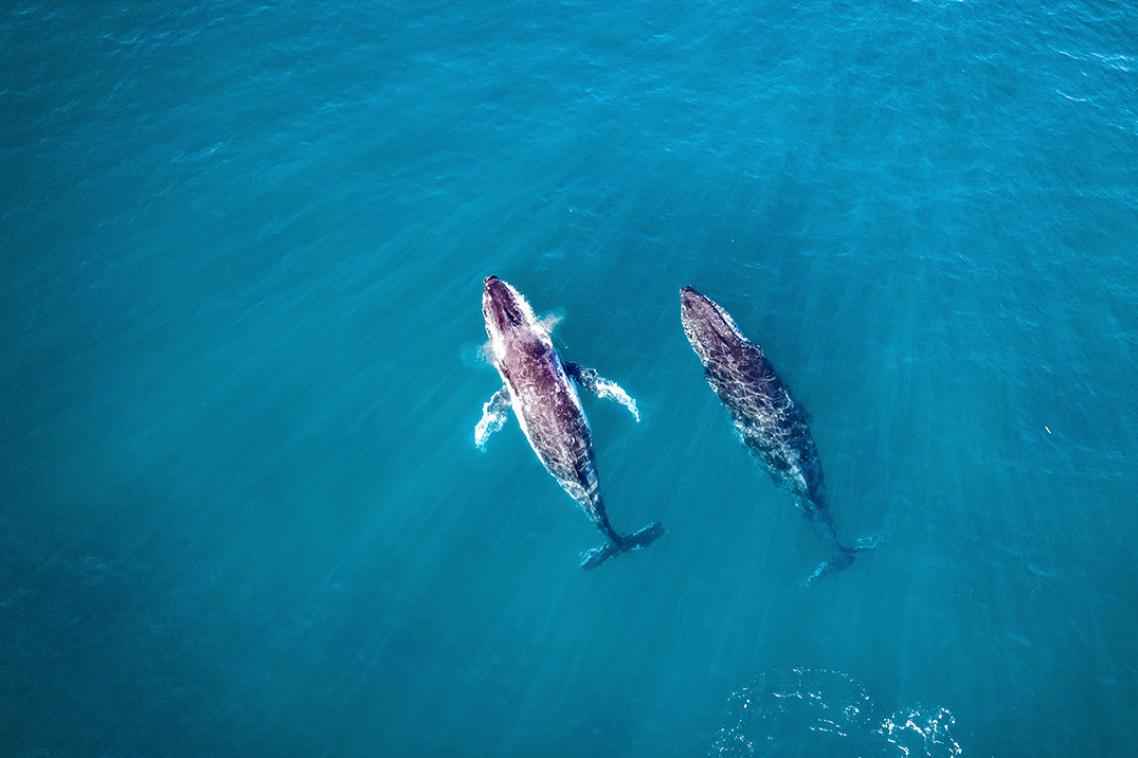Marine protected areas often expensive and misplaced

Many marine protected areas are often unnecessarily expensive and located in the wrong places, an international study has shown.
The University of Queensland was part of research which found protected areas missed many unique ecosystems, and have a greater impact on fisheries than necessary.
A collaboration with the University of Hamburg, Wildlife Conservation Society and The Nature Conservancy assessed the efficiency of marine protected areas, which now cover 16 per cent of national waters around the world.
UQ’s School of Biological Sciences researcher Professor Hugh Possingham said international marine preservation targets are falling short.
“International conservation targets such as the United Nation’s Sustainable Development Goals call for protection of at least 10 per cent of all the world’s oceans and all marine ecosystems,” he said.

The researchers assessed whether the expansion had been cost efficient - measuring potential earnings lost from fisheries - and effectively focused.
The University of Hamburg’s Dr Kerstin Jantke, who led the research, said that marine protected areas could have been far more efficient with greater planning.
“With a more strategic approach at the inception of global conservation targets in 1982, the marine protected area network could be a third smaller, cost half as much, and meet international targets by protecting 10 per cent of every ecosystem,” she said.
“It is clearly in the interests of nations to start strategic planning as early as possible to avoid costly imbalanced reserve systems.”
Nations will negotiate new conservation targets for 2020-2030 at a United Nations meeting next year in China.
“We urge governments to take note and be tactical from the outset, delivering better outcomes for nature conservation, but also saving them a lot of money,” Professor Possingham said.
The study has been published in Conservation Letters (DOI: 10.1111/conl.12584).
Image above: Kelp forest (Oliver Dodd)
Media: Professor Hugh Possingham (Brisbane, Australia), hugh.possingham@tnc.org, +61 434 079 061; Dr Kerstin Jantke (Hamburg, Germany), Kerstin.jantke@uni-hamburg.de, +49 170 55 00 778, Dominic Jarvis, dominic.jarvis@uq.edu.au, +61 413 334 924.
Related articles

Decades of surveys show whale migration shift

Should you consent to your doctor using an AI scribe? Here’s what you should know.
Media contact
UQ Communications
communications@uq.edu.au
+61 429 056 139
